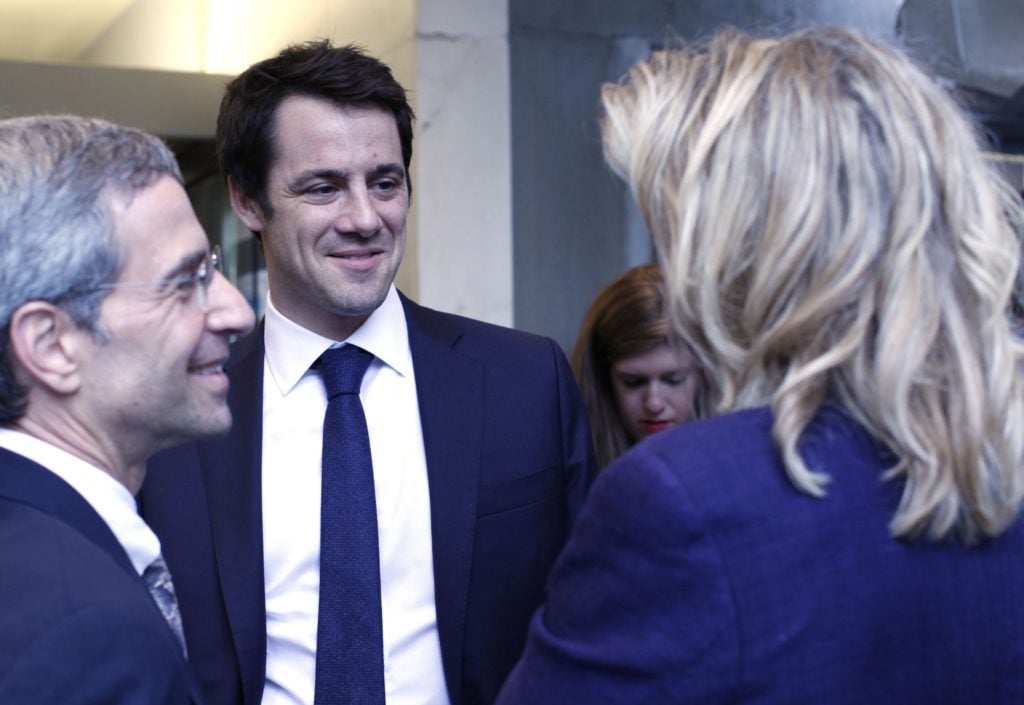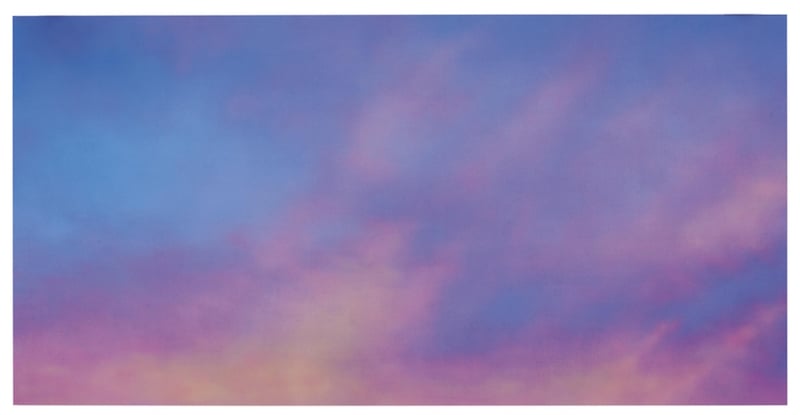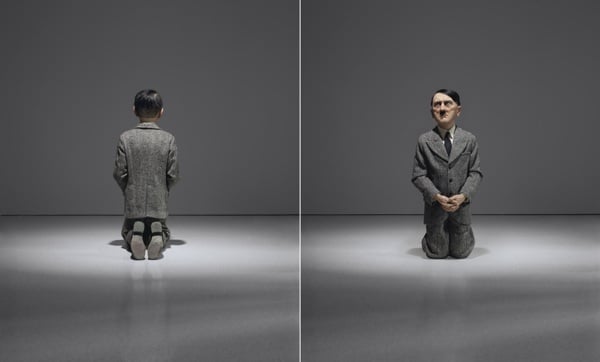

The curated sale is the latest trend to take hold of the auction market. In order to appeal to new audiences, auction houses have come up with novel ways of selling art—and this new approach seems to be working.
While auctions have traditionally contained all sorts of works in loosely defined categories, works included in curated sales are restricted by far narrower criteria, and fewer lots—typically under 40—which offers greater cohesion and oversight to discerning collectors.
The concept of the “curated auction” was originated by Phillips in November 2010, when it was then known as Phillips de Pury. The New York-based auction house gave the private dealer and advisor Philippe Segalot free reign to put together an auction in an effort to show that it was doing something a little bit different than that of the two powerhouses, Christie’s and Sotheby’s.

Alex Israel Sky Backdrop (2012). Courtesy of Christie’s.
More recently, however, it is Christie’s deputy chairman of post-war and contemporary art, Loic Gouzer, who has made a name for himself with his eyebrow-raising curated sales. With titles reminiscent of James Bond flicks, one may try to laugh it off, except when you see his impressive results.
In May 2014, Gouzer, then 33 years old, put together Christie’s first curated auction titled “If I Live I’ll See You Tuesday.” The sale featured a selection of works by emerging and established artists, from Jeff Koons and Richard Prince to Alex Israel, who’s work Sky Backdrop (2012) was the first work by the artist to appear at auction.
The event was accompanied by a slick promotional video of professional skateboarder Chris Martin performing tricks throughout Christie’s offices, sales room, and storage facility. The message was clear. No dusty old stuff here! Christie’s was trying to attract a younger audience and it worked. The sale generated $134.6 million, with 97 percent sold by lot and 99.5 percent sold by value, setting 16 auction records. Not bad.

Still from Christie’s promotional video for May 12, “If I Live I’ll See you Tuesday” contemporary art sale.
But the real blockbuster came in 2015. After the success of the previous year’s curated auction Gouzer put together 34 works of post-war, modern and contemporary art under the title “Looking Forward to the Past,” which raised an eye-watering $705.9 million. According to Christie’s, the works were selected around the theme of “artistic innovation inspired by the past.”
Standout lots including Pablo Picasso’s Les femmes d’Alger, Version O (1955) sold for $179,3 million becoming the most valuable work of art ever sold at auction, whilst Alberto Giacometti’s L’home au doigt (Pointing Man) (1947) sold for $141.2 million, setting a new record for any sculpture sold at auction.
In contrast, Sunday’s “Bound to Fail” sale, which raised $78 million, almost looked disappointing. However, as Gouzer acknowledge in the press conference after the auction, “It was a challenging sale; the name said it.”

Maurizio Cattelan’s, Him (2001) sold for $17.2 million at Christie’s “Bound to Fail” auction. Image: Courtesy of Christie’s Images Ltd.
He added that the result—which approached the high estimate of $81 million—reflected “not only to the strength and breadth of the contemporary market, but also the capacity of collectors to collect widely.”
Others weren’t so kind in their assessment. On Facebook, art advisor Todd Levin delivered a scathing evaluation, “Last night’s sale had 15 percent more lots, but sold only 11 percent of the dollar total of last year’s sale,” he wrote. “And this is being trumpeted as a successful and steady market?”
It’s an interesting question. Why was the result of the sale drastically lower than last year’s? Whilst Gouzer may be right about the fact that collectors are still buying, what about the consignors? Flick through the catalogues and the first thing that you’ll notice is the enormous discrepancy between the value of works on offer in 2015 compared to those in 2016.

Martin Kippenberger, Feet First (1990) Image: Courtesy of Christie’s Images Ltd.
“I think that in unsettling times people are willing to take fewer risks,” Wendy Cromwell, an independent art advisor, told artnet News on the telephone. “If you’re putting work up for sale in this environment which is less optimistic and you’re being asked to agree to a much lower estimate and it isn’t guaranteed, well, it’s quite obvious that that’s going to be a no.”
If Christie’s can’t get high quality art because nervy collectors don’t want to consign top-level works in a contracting market, putting together an auction of “challenging” art at a far lower estimate behind the guise of a “curated” sale and labeling it a success seems convenient.
Clearly, the shorter, more carefully selected auction format is becoming increasingly popular among collectors; the numbers speak for themselves. Christie’s seems to have found the key to revitalizing its image, but behind the smoke and mirrors all may not be as it seems.








